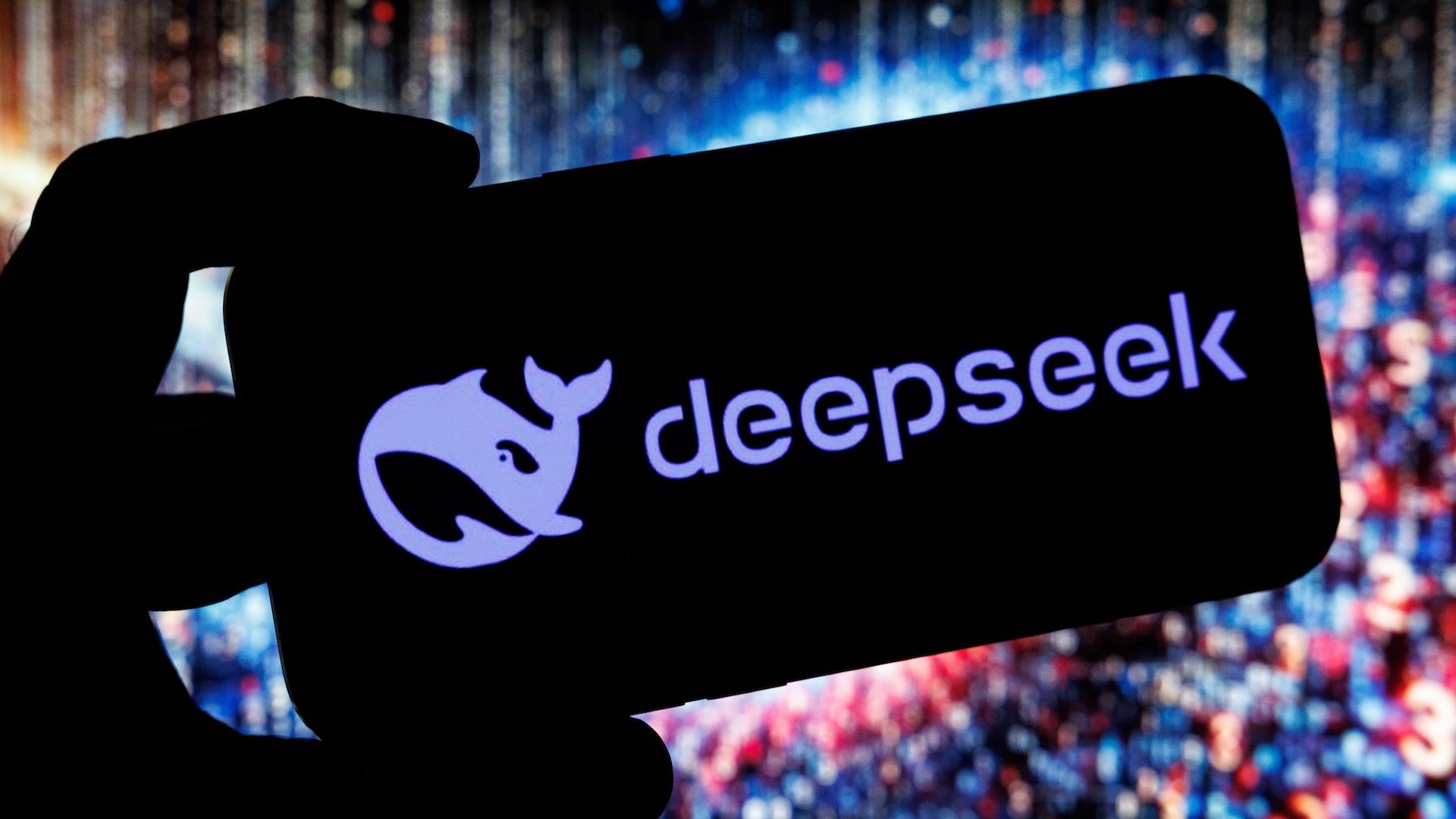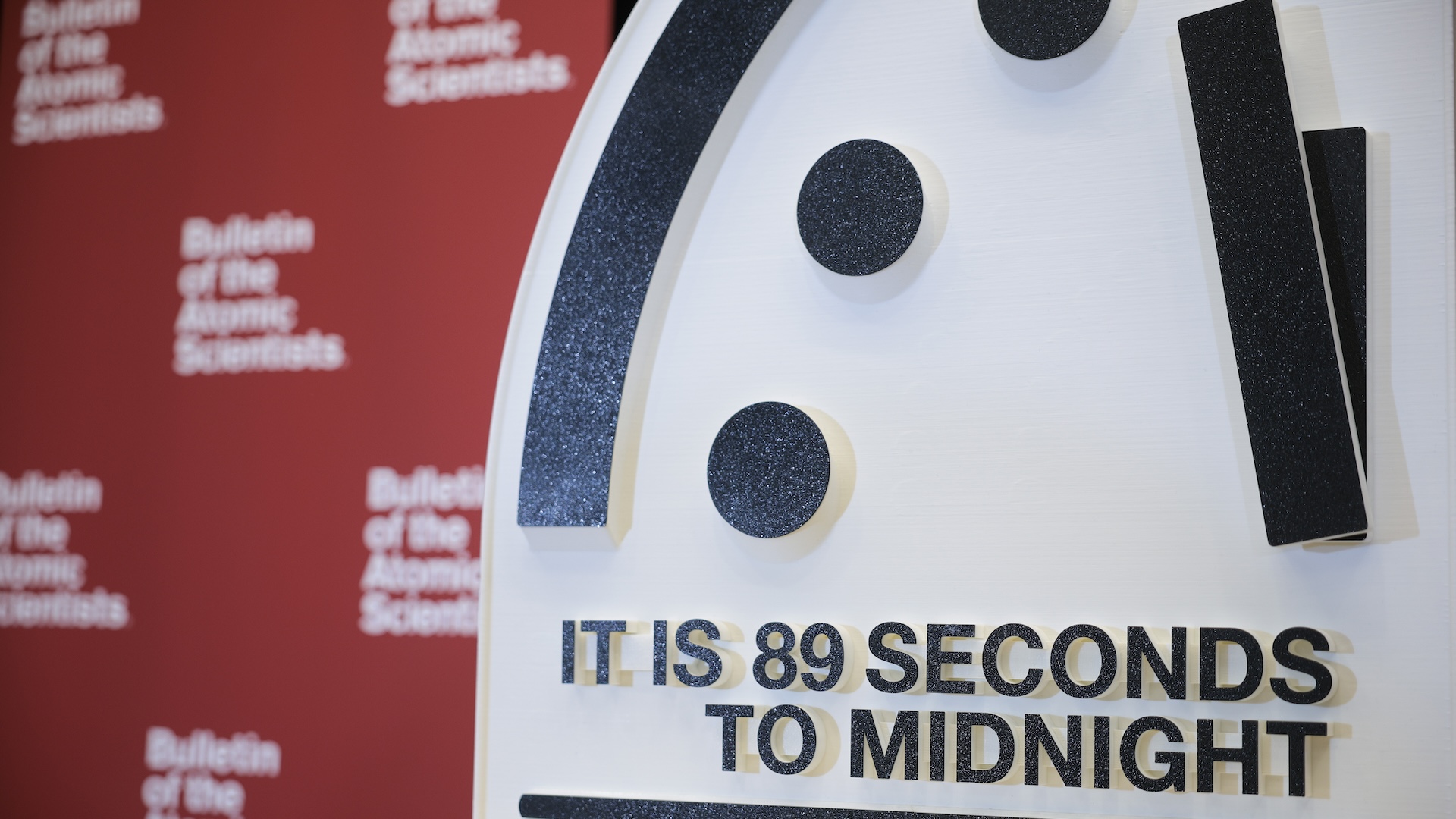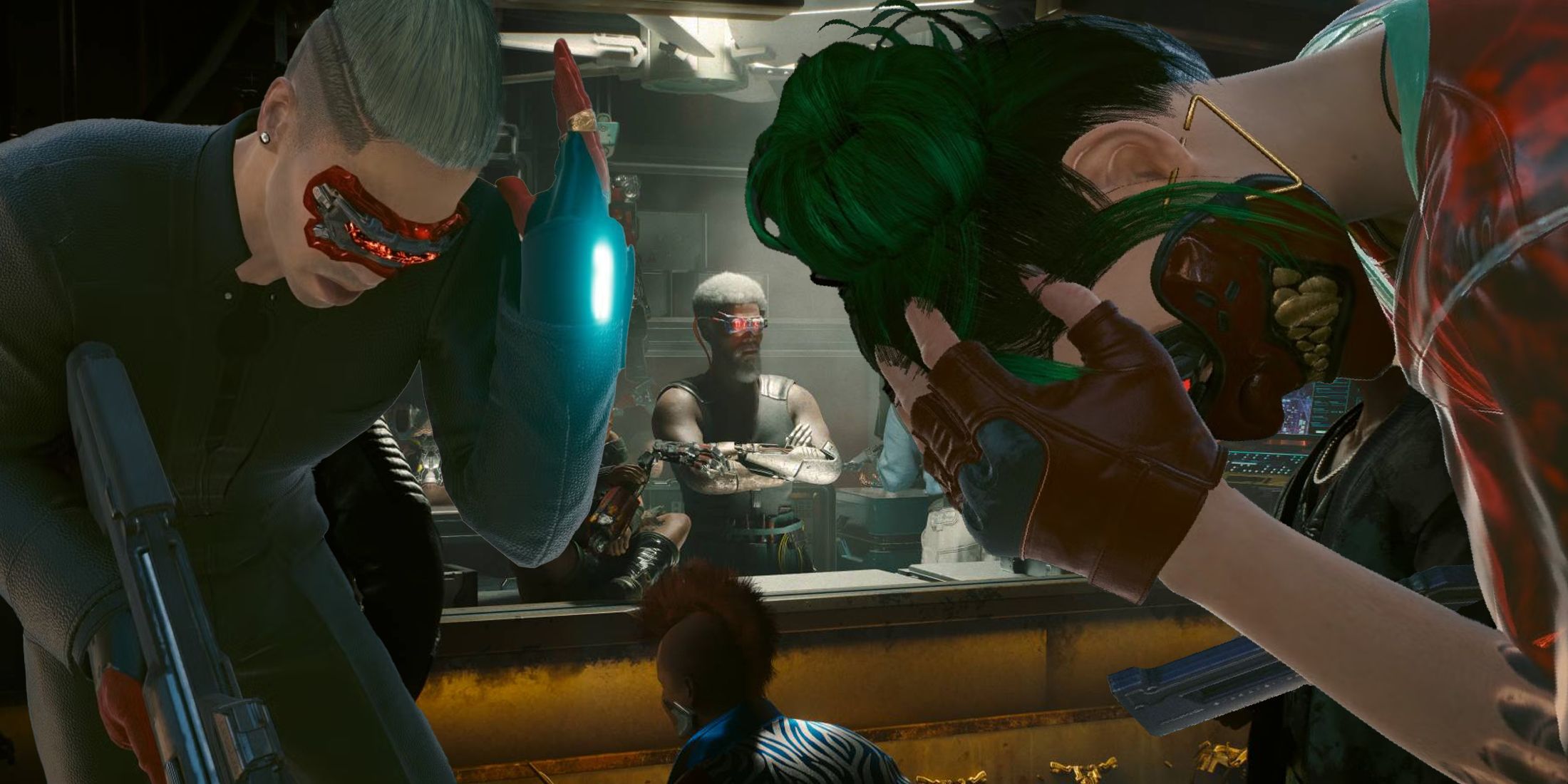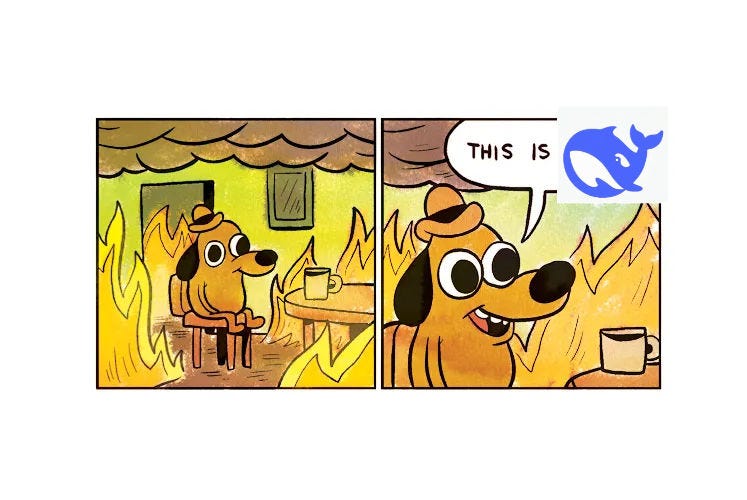LIFEHACKER.COM
The Five Best Apps for Staying on Top of Your Goals
We may earn a commission from links on this page.Whether youre still trying to hold down those New Years resolutions or youre just generally trying to stay on top of your productivity, we can always benefit from having some accountability checks. You can do these yourself, sure, but having a little outside help from a well-made app can make a big difference.For one-on-one accountability: FocusmateA major component of productivity is planning your day, so if youre planning on doing a certain task, like clearing your inbox or consolidating notes, try using Focusmate to get paired with an accountability partner whos working at the same time. You get put into a video chat with the person, both share what youre working on, and then get cracking. This relies on the principle of body doubling, or the idea that people work harder when someone else is around. If youve ever pushed yourself at the gym because youre surrounded by other people or invited a friend over to sit on your couch while you clean, you get it. Focusmate lets you set up three sessions a week for free, but if you want unlimited sessions itll be $9.99 per month or about $84 per year. Credit: Lindsey Ellefson Focusmate pros:You can pick your date, time, and partnerYou can be sorted into focus rooms depending on the kind of activity you want to do, whether it's desk work or physical activityYou get a sizable amount of access with the free versionFocusmate cons:This really only works if you have a desktop setup and isn't as accessible if you're on the goThe pricing for unlimited sessions is a little steepIf you want an accountability group: FlownFlown hosts group sessions that function like virtual study groups, allowing you to work alongside others who are also trying to get things done. From the comfort of your home, you can surround yourself with people who are working on their tasks at the same time, giving you the same feeling youd get if you were at a coffee shop, in a library, or working in a large group of people. There are virtual quiet rooms to sit in during the day and coworking sessions you can join with smaller groups of people for an hour or two, led by facilitators, plus solo working experiences called "portholes" that play hour-long footage of skilled craftspeople working on their particular trade. Theres a 30-day free trial, but even after that expires, you can join free sessions on Fridays. If youre really feeling it after the trial (which doesnt require you to put down your card info), its $25 per month, $228 per year, or $900 for a lifetime membership. Credit: Lindsey Ellefson Flown pros:It's customizable and tailored: You input whether you work remotely, feel overwhelmed, think you may have ADHD, etc. There are a variety of options available, from facilitator-led groups to quiet working roomsFree access on Fridays can help you build a solid schedule even if you don't want to payFlown cons:This is best suited for a desktop setup, not while you're working on something out and about If you just need a personal push: Loop Habit TrackerMaybe you dont need a virtual coworking space, but just need a way to track your own progress and push yourself. Loop might be your answer, as it provides a platform for tracking progress, scheduling work, and getting helpful reminders via notifications. You enter your progress into the app and get a Habit Score, which is based on how often you do what you set out to do. Gamification is a major motivator for some people, so if all you need is to see a number go up, up, up, try Loop, which is free for up to seven habits and $9.99 per month if you want to track more than that. Credit: Beth Skwarecki Loop pros: A simple interface allows you to see your goal progress using a calendar view or more detailed infographicsIt's low-pressure, so you feel good when you accomplish the tasks and stay with your habits, but it doesn't shame you for missing days (unlike other tools, which are valuable for people who need that kind of push)It's very customizable, so you can even change the question it prompts you with when you're filling out your habit completionLoop cons:It's only available for AndroidThe interface is simple, which is good, but perhaps a little boringTo work on goals with friends: HabitatThe Habitat app allows you to work in groups with people you already know, so it's great if you've set goals together with others, like family members or friends. It gives you a few easy ideas for habits to build, like exercising more often or making your bed consistently, and once you set your first habit, you can invite friends to join you. Then, you'll work together to create a "group streak," with each of you inputting when you work on your habit. I just set one up with a friend where we are both committing to work out five times per week. The interface is simple and the streaks grow visually, so you can see your progress, plus the free version allows you to see who out of your group is atop the leaderboard. You can even access in-app direct messages to communicate with your group about the task. The benefit here is that you don't want to let down people you know, so you may be more motivated to hit the gym if you know you're not only harming your own health by skipping, but also jeopardizing a loved one's streak. It's $35.99 per year or $5.99 per month to access a premium account, which lets you be part of more than four habitat streaks and view detailed statistics about your progress as well as set notifications and reminders. Credit: Lindsey Ellefson Habitat pros: It's easy to use and understand from the moment you download itYou can use the free version in a limited capacity, so it's great for if you only have one or two habits to buildHabitat cons:The paid version has a significantly greater amount of featuresIt really only works if you have friends who are willing to do it with you, unlike the apps above, where you deal with strangers who are already motivated to use the softwareIt's only available on iOSIf you want real stakes: ForfeitForfeit has an interesting premise that isnt for the faint of heart: You put down money (between $1 and $50) and if you meet your goal, you get to keep it; if you fail to accomplish the goal you tie to it, you lose that money. A member of the apps team will review evidencelike gym selfies, recordings of yourself working, or whatever elseto make sure you met the goal you set(or you can have your goals reviewed by AI instead). You pre-determine what youll do, like, Ill send a time lapse of myself reading before 11 a.m. tomorrow or forfeit $10. According to the company, theres been $3 million staked across 238,000 sessions with a 94.2% success ratemeaning most people are motivated to keep their money and dont lose it. You dont have to pay for the app in the traditional sense, but you do pay if you fail to accomplish your goal. Forfeit can keep that money or you can opt to have it given to a charity or even a group of friends using the app.I should also mention you can do lower-stakes Forfeits, as well: You can tell the app to text your friends, for instance, if you don't complete a goal by a certain time. You can even customize the message they'll receive, like, "Lindsey failed to clean her living room this afternoon! How embarrassing!" Credit: Lindsey Ellefson Forfeit pros:This app actually forces you to do what you say you are going to doIt's only as mean or as nice as you set it to be, so you can make all of your text inputs really positive (but still risk losing actual money, of course)There are a lot of ways to use it so it works for you, whether you opt to let AI review your evidence submissions, bet money on yourself, set up repeat Forfeits, or moreForfeit cons:You can actually lose money










